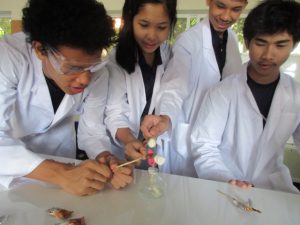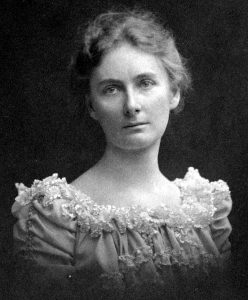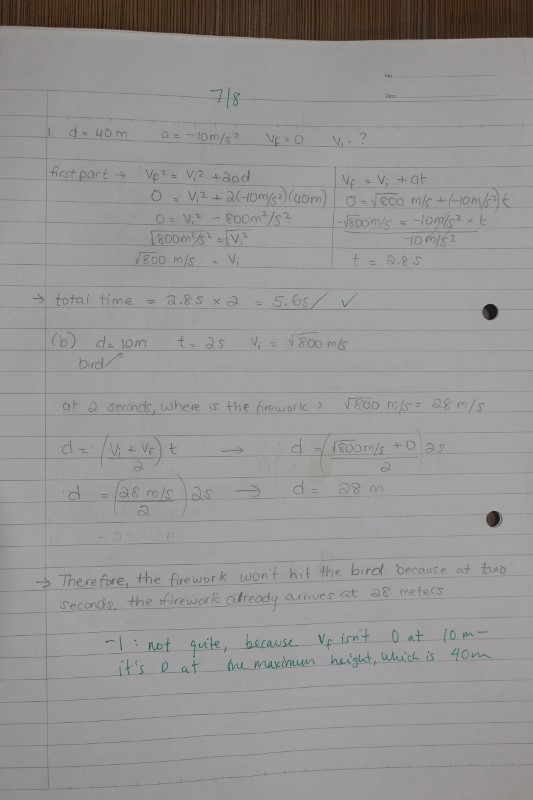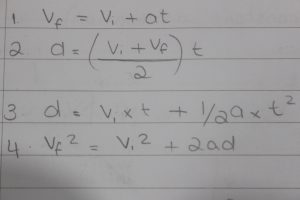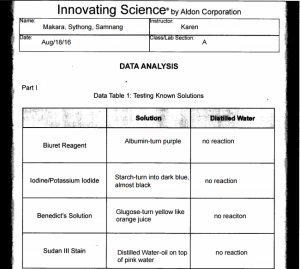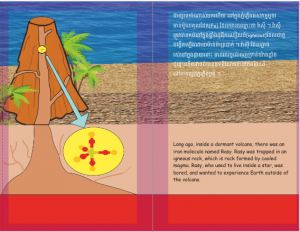We often think that plant roots absorb water, but these giant-mucousy fingers actually pull in airborne nitrogen.
Professor and plant scientist Alan Bennett ‒ a member of the Plant Sciences Department at University of California, Davis ‒ led a team of researchers to find out the reasons why the aerial roots of Sierra Mixe corn behaves that way. The result lies in the thick and glistening mucous surround the roots.
After completing three phases of testing and 10 years of working on the project, the team was able to conclude that there are actually tiny residents inside the mucus. For phase 1, the team utilized a “modern DNA-sequencing” method to reveal that those microscopic creatures are indeed microbes from nitrogen-fixing family. Whereas for phase 2, the mucus were chemically analyzed, and it turned out that the mucus provides safety shelter to the microbes and protects them from having contact with the oxygen. Finally, using five separated tests, the team could say that the nitrogen converted by the microbes and provided with “30% to 80% of plant’s need” has transformed itself in order for the corns to absorb and use for the entire plant.
There are multi-faceted applications that we can use from this finding. One way is to transplant the mucus. Imagine if other plants contain the same mucus, then farming becomes more sustainable without constantly buying fertilizers. Additionally, crossbreeding the Sierra Mixe corn with conventional corn is possible. Therefore, these two possibilities may lead to further genetic engineering. Although the mucousy corn takes at least eight months to mature, if we can intermix both plant genese, there will be less adverse effects on the environment.
There are many disadvantages and hazardous effects that can be caused by synthetic fertilizer. As fertilizer is a double-edge sword, it can affect people’s health while also can wash off into the rivers, which lead to immense algae bloom causing organisms to die because of lacks of oxygen. Furthermore, manufacturing fertilizers is an energy-intensive industry. Therefore, nitrogen-fixation ‒a process of converting nitrogen into organic compound‒ is an alternative way to solve these problems due to its efficiency and sustainability. For instance, this technique of nitrogen-fixation will fit best in areas where soils are depleted of nitrogen or where fertilizer is not accessible or affordable.
Although, there are clear advantages of nitrogen fixation in the corn, there are still uncertainty regarding microbes and gene of the corn: name and number of species of the microbes, possible drawbacks of nitrogen-fixation gene, and type of gene that enable aerial roots to contain mucous and microbes. Despite these ambiguity, nitrogen-fixation modus operandi still hold great value.
Global consumption of fertilizers, especially nitrogen fertilizers, has rapidly grown according to Food and Agriculture Organization of the United Nations (FAO). In the new FAO report entitled “World fertilizer trends and outlook to 2018” states that the usage of fertilizer will increase by “1.8 percent through 2018”‒ a 25-percent growth from 2008. As clearly shown, just over one decade, the augmentation of the fertilizer has grown nearly a quarter. Then, what would happen in the next 10 years, 7 years, or even 4 years?
Although nitrogen made up 78% of atmosphere, however, only small percent of crops can fix those excess nitrogen. Therefore, as the world progress, we need to be able to have more plants that have the ability to fix nitrogen like those Sierra Mixe corns. If those plants can grow at a commercial rate, it may further lead to eradicating food insecurity. This opens door to many opportunities for people to be creative, to find a way to carry out the plan, and to change the world!
Works Cited
“Can We Grow One of the World’s Largest Food Crops Without Fertilizer?” UC Davis, 1 Oct. 2018, www.ucdavis.edu/food/news/grow-food-crops-without-fertilizer/.
Daley, Jason. “The Corn of the Future Is Hundreds of Years Old and Makes Its Own Mucus.” Smithsonian.com, Smithsonian Institution, 10 Aug. 2018, www.smithsonianmag.com/science-nature/corn-future-hundreds-years-old-and-makes-its-own-mucus-180969972/#rbuO1cTVFzzLit1I.99.
“Fertilizer Use to Surpass 200 Million Tonnes in 2018.” International Rice Commission Newsletter Vol. 48, FAO of the UN, www.fao.org/news/story/en/item/277488/icode/.
“Fertilizer Use to Surpass 200 Million Tonnes in 2018.” International Rice Commission Newsletter Vol. 48, FAO of the UN, www.fao.org/news/story/en/item/277488/icode/.
Yong, Ed. “The Wonder Plant That Could Slash Fertilizer Use.” The Atlantic, Atlantic Media Company, 10 Aug. 2018, www.theatlantic.com/science/archive/2018/08/amaizeballs/567140/.


